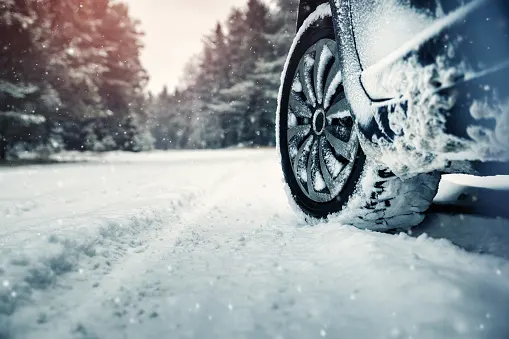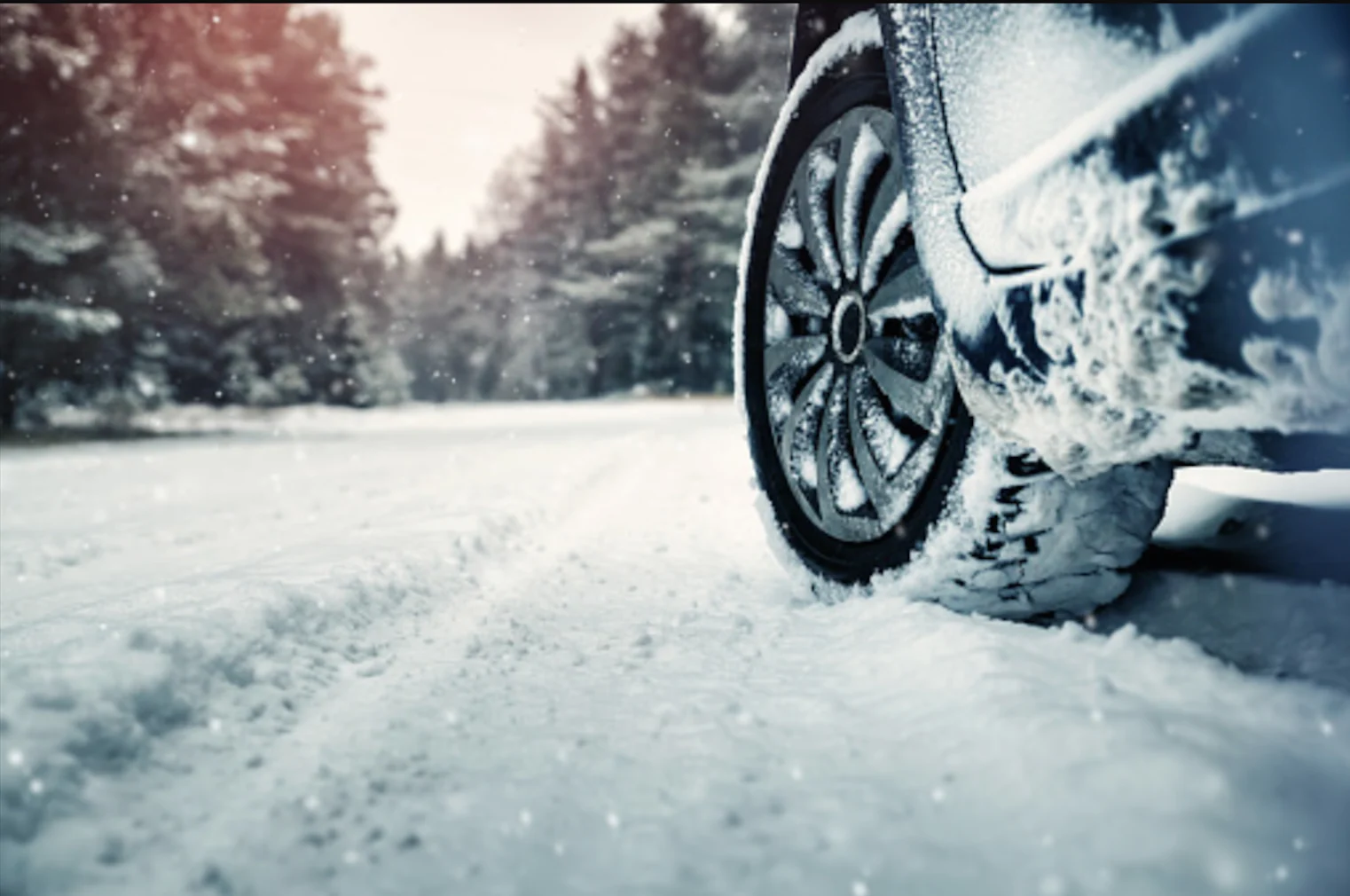
All but one spot in Canada may want to keep winter tires on
Depending on where you live in Canada, you probably shouldn't be changing your winter tires anytime soon.
Although the calendar says it’s spring, it doesn’t mean you should change your winter tires, just yet.
Because it is a transitional season, where winter-like weather conditions and temperatures can continue well into April, it’s a good idea to find out when it is most ideal.
According to Doug Annett, director of operations for SafeRoads Canada, the when depends on the temperatures, rather than a set day or week on the calendar.
When temperatures climb to 7°C or higher, and remain there consistantly, you can take them off.
“Winter tires are engineered to give improvement in grip, as compared to an all-season or summer tires, from about 7°C and down," says Annett. "As long as it’s 7°C or below, keep your winter tires on.”
He quickly point out that can be problematic because temperatures may hit 10°C – 12°C during the day, but at night, they may fall to zero or below at night.
“Morning and evening, when it’s in the cooler range, is when you need to have your winter tires on," he adds. "You kind of have to wait until you’ve got pretty steady temperatures that are in that close to 7°C range.”
SEE ALSO: Unlikely Canadian town crushes all-time temperature record
Because of the fluctuating temperatures in March, April and sometimes May, the “worst thing that can happen” is leaving your winter tires on too long, Annett says.
For example, if temperatures hit 15°C to 20°C and you still have winter tires on, it’s harder on the rubber.
“It’s a softer rubber compound and it just wears the rubber faster,” explains Annett.
“If you leave them on a little bit long, it’s not like it’s going to hurt your traction that badly, [but] it does wear the rubber faster.”

Photo credit: LeManna/Getty Images
On the other hand, the worst thing about taking your winter tires off too early is the possibility of snowfall on the ground and/or decreasing temperatures the day after the switch.
“You just mistimed it and now you have the worst conditions with the wrong tires on,” says Annett.
“Picture some place like the East Coast, where the difference between three inches of rain and three feet of snow can be a couple degrees. You have to pay attention to keeping your winter tires on to the point where you can keep reliability above freezing and closer to 7°C.”
If that wasn’t complicating things enough, another factor to consider when switching is your location, Annett adds.
If you’re in Edmonton, Alta., or northern B.C., for example, it’s not uncommon to see snow as late as mid-May.
This changes “the dynamic.”
“If you’re in Vancouver, B.C, you probably already have your winter tires off,” he says.
WATCH BELOW: THE MOST CANADIAN FORECAST EVER, SNOW-TIRE REMOVAL FORECAST
The type of tires you choose also have an impact, the SafeRoads Canada director of operations explains.
In municipalities on the East Coast or in northern Ontario or Quebec, which experience frequent heavy snowfalls, residents may choose a brand that could work well in the white stuff, but might not fare as well in the rain.
“If you have chosen to keep your winter tires on a little bit longer because you’re afraid the weather might still throw us a curve, be careful in wet weather,” said Annett.
“Winter tires are engineered to give improvement in grip, as compared to an all-season or summer tires, from about 7°C and down. As long as it’s 7°C or below, keep your winter tires on." - Doug Annett, SafeRoads Canada director of operations
Transport Canada has a 10-item checklist for drivers to review in order to maintain the safety of their tires.
Measure your tire pressure at least once a month, using a good-quality tire pressure gauge. Measure the pressure when the tires are cold. Don’t forget the spare.
Before inflating your tires, check the recommended tire pressure for your vehicle. This information is usually on the tire information label, normally located on the edge of the driver’s door, the door post, the glove box or the fuel door.
This information can also be found in your owner’s manual. Don’t use the pressure indicated on the tire. It’s the maximum pressure, not necessarily the recommended one.
When inflating your tires, make sure the air-pump hose valve and tire valves are free of dirt and other obstructions. Make sure the tire valves have caps.
Always measure tire pressure before going on a long trip.
Once a month, inspect tires for uneven tread wear, cuts or cracks, bulges, foreign objects or other signs of wear or trauma.
Rotate your tires on a regular basis. Check your owner’s manual to find out how – and how often – tires should be rotated.
Buy the most appropriate tires for your vehicle and your driving needs.
When installing new tires, always make sure tires of the same type, size, speed rating and load index are on all wheel positions.
Register your new tires with the manufacturer upon purchase.
Don’t overload your vehicle. The tire information label indicates the maximum recommended load.
For more information on road and tire safety, visit the Transport Canada and SafeRoads Canada websites.











